Have you ever wondered if your cat is in pain but were unsure how to tell?
Cats are masters at hiding pain, which makes it difficult for us cat owners to notice their suffering in time.
Cats show pain through specific body signals, such as changes in posture, facial expressions and behavioral changes.
In this article, you will learn how to correctly interpret your cat's pain signals, understand what is behind different pain signals and how you can help your cat if it is suffering.
Recognizing Pain Signals in Cats
Cats often communicate their feelings and needs in subtle ways, especially when it comes to pain. As a cat owner, it's important to pay attention to small changes in your cat's behavior and body language. Pain can be caused by a variety of causes, including injury, illness, or age-related ailments. The challenge is to recognize these signs early to get your cat the help and treatment it needs.
The most common signs of pain include behavioral changes such as increased hiding, aggression, or decreased activity. Physical signs may include a change in posture, the pain face, or decreased grooming. It is important to take such changes seriously and seek veterinary attention if necessary. Early detection and treatment of pain can not only reduce your cat's suffering, but often prevent more serious health problems.
Understanding the Pain Face in Cats
A cat's pain face is a clear sign that they are in pain. This facial expression typically includes narrowed eyes, ears turned back, a tense mouth and changes in whiskers. These signs are part of the Feline Grimace Scale, which was developed by experts to help assess pain in cats. If you notice such changes in your cat's facial expression, it is a clear indication that they are uncomfortable and may be in pain.
Facial expressions and coat condition as signs of pain
In addition to the pain face, facial expressions and coat condition are also important indicators of pain in cats. A change in facial expression, such as squinting or a tense facial expression, can indicate discomfort. At the same time, a neglected coat condition, such as shaggy or ruffled fur, can be another sign of pain or illness. These physical changes should not be ignored, as they can indicate a serious problem.
Posture and Pain in Cats
A cat's posture can say a lot about whether it is in pain. A common pain response is a change in posture, such as crouching or protecting certain parts of the body. Cats in pain often try to protect the painful area by adopting a certain posture or avoiding certain movements.
In addition, a cat in pain may also show reduced mobility and be hesitant to jump or climb. If you notice your cat suddenly avoiding their favorite places or having difficulty getting up, this could be an indication of pain. It is important to take such changes seriously and, if necessary, consult a veterinarian to determine the cause of the pain and begin appropriate treatment.
Physical Signs of Pain in Cats
Cats often don't show obvious signs that they are in pain, but there are physical signs that can give us clues. Some of these signs include:
- Changed posture, such as pulling in the stomach or a hunched posture
- Abnormalities in facial expression, such as dilated or constricted pupils
- Behavioral changes, such as avoiding exercise or withdrawing from social interactions
These signs may indicate that a cat is in pain and should not be ignored.
In addition to the obvious physical signs, there are other subtle clues that may indicate pain in cats. These include:
- Changes in eating behavior, such as refusing food
- Abnormalities in breathing, such as shallow breathing or wheezing
- A general change in behavior, such as sudden mood swings or increased irritability
These symptoms may indicate various pain conditions and require careful observation and, if necessary, consultation with a veterinarian.
The Feline Grimace Scale explained
The Feline Grimace Scale is a scientifically validated instrument designed to assess pain in cats based on their facial expressions. It analyzes specific characteristics such as the position of the ears, the condition of the eyes, the tension around the mouth, and the position of the whiskers. Each of these characteristics is evaluated, resulting in an overall score that provides insight into the cat's pain level. This tool is particularly useful for veterinarians to make an informed decision about the need for pain medication.
The Glasgow Pain Scale for Cats
The Glasgow Pain Scale for Cats, also known as the Glasgow Composite Measure Pain Scale (GCMPS-F), is another important pain assessment tool. This scale takes into account various behaviors and physical responses of the cat to provide a comprehensive assessment of their pain level. Points are awarded for specific behaviors and responses to touch to determine if and to what extent a cat is in pain. The results of this scale help veterinarians plan appropriate pain management for the affected cat.
Causes of Pain in Cats
Pain in cats can be caused by a variety of reasons. Some of the most common causes are injuries that can occur during play or fighting. But illnesses such as chronic joint problems, problems with the spine and intervertebral discs or internal diseases can also cause pain. In addition, dental problems, which occur particularly in older cats, and tumors are sources of pain that should not be underestimated.
It is important to understand that pain in cats is not always immediately apparent . Cats are naturally inclined to hide pain or illness to avoid appearing weak. That is why it is crucial to pay attention to subtle signs that could indicate pain. These signs include:
- Altered movement sequences
- Reduced activity
- changes in eating behavior
Taking these signs seriously and seeing a veterinarian if you suspect anything can be crucial to your cat's well-being.
Chronic Joint Pain in Cats
Chronic joint pain, such as osteoarthritis, is a common cause of pain in cats. It greatly affects your cat's behavior, causing them to move less, play less , and possibly have difficulty jumping . These changes in behavior can be easy to miss, as cats are masters at hiding pain, so it's important to watch for subtle signs that could indicate chronic joint pain.
Typical signs of chronic joint pain include:
- A stiffer gait or avoiding certain movements
- A decreased interest in games or activities she previously enjoyed
- Difficulty getting up after resting or jumping to higher surfaces
These signs are often subtle and develop slowly, making them difficult to spot right away. However, if you notice changes in your cat's behavior that could indicate pain, it's important to see a veterinarian for appropriate diagnosis and treatment.
Treating Pain in Cats
If your cat is in pain, it's important to act quickly to relieve their suffering. There are several methods to treat pain in cats, ranging from medication to physical therapy to alternative treatments. Every cat is unique, and what works for one cat may not be the best solution for another, so it's crucial to work with a veterinarian to create the best treatment plan for your cat.
In addition to medical treatment, the environment and daily care also play an important role in pain relief. A calm and comfortable environment can help your cat relax and recover faster. Small adjustments in the home, such as soft bedding and easily accessible food and water bowls, can make a big difference. It is also important to monitor your cat's physical activity and adjust it if necessary to promote mobility and reduce pain.
Pain Therapy for Cats
Pain management for cats includes both pharmacological and non-pharmacological approaches. Medications such as analgesics can be used to relieve acute or chronic pain. However, it is important to use these only under veterinary supervision, as cats can be sensitive to certain agents. In addition to medications, therapies such as acupuncture or physiotherapy can also help reduce pain and improve your cat's quality of life.
Non-pharmacological methods also play an important role in pain management for cats. These include:
- Cold therapy to reduce inflammation and swelling
- Adjustments in the environment to minimize stress and increase comfort
- Dietary adjustments and supplements to support overall health
These approaches can be used in combination with medical treatments to provide comprehensive pain management.
pain tests for cats
Various tests and assessment scales can be used to determine the level of pain in cats. The Feline Grimace Scale is a useful tool that allows you to determine the level of pain based on the cat's facial expression. In addition, behavioral changes and observation of general activity can provide clues to pain. It is important to perform such tests in conjunction with a veterinarian to make an accurate diagnosis and initiate appropriate treatment.
How Flappie can support your cat's well-being
Flappie 's smart cat flap is not only an innovative solution to keep your home clean, but also supports your cat's wellbeing. With selective access control and prey detection , you can ensure that your cat is not exposed to stress by bringing prey. This contributes to a calmer and happier life for your cat and helps you avoid unwanted surprises.
The Flappie app also gives you the opportunity to monitor your cat's behavior. You get:
- Notifications when your cat tries to come home with prey.
- Videos and photos of your cat that give you insight into their behavior outside the house.
These features allow you to better respond to your cat's needs and detect early when something is wrong. Visit Flappie to learn how you can support your cat's wellbeing with our smart cat flap.
Frequently Asked Questions
How do I know if my cat is in pain?
You can tell if your cat is in pain by looking for behavioral changes such as increased hiding, aggression, or decreased activity. Physical signs such as changes in posture, the pain face (squinting eyes, ears turned back, a tense mouth, and changes in whiskers), or decreased grooming can also indicate pain. It is important to take such changes seriously and seek veterinary attention if necessary.
How do I know if a cat is in pain?
You can tell if a cat is in pain by looking for behavioral changes such as increased hiding, aggression, or decreased activity. Physical signs such as changes in posture, the pain face (squinting eyes, ears turned back, a tense mouth, and changes in whiskers), or decreased grooming can also indicate pain. It is important to take such changes seriously and seek veterinary attention if necessary.
How do cats behave when they are not feeling well?
When cats are unwell, they often show this through behavioral changes such as increased hiding, aggression, reduced activity, or avoiding their favorite places. Physical signs such as a change in posture, a pained face, or reduced grooming can also indicate discomfort. It is important to pay attention to such changes and consult a veterinarian if necessary.
How do cats lie when they are sick?
When cats are sick, they may adopt altered postures such as crouching or protecting certain parts of the body. They often try to protect the painful area by adopting a certain posture or avoiding certain movements. Reduced mobility and hesitation to jump or climb can also be signs that a cat is in pain and is not feeling well.
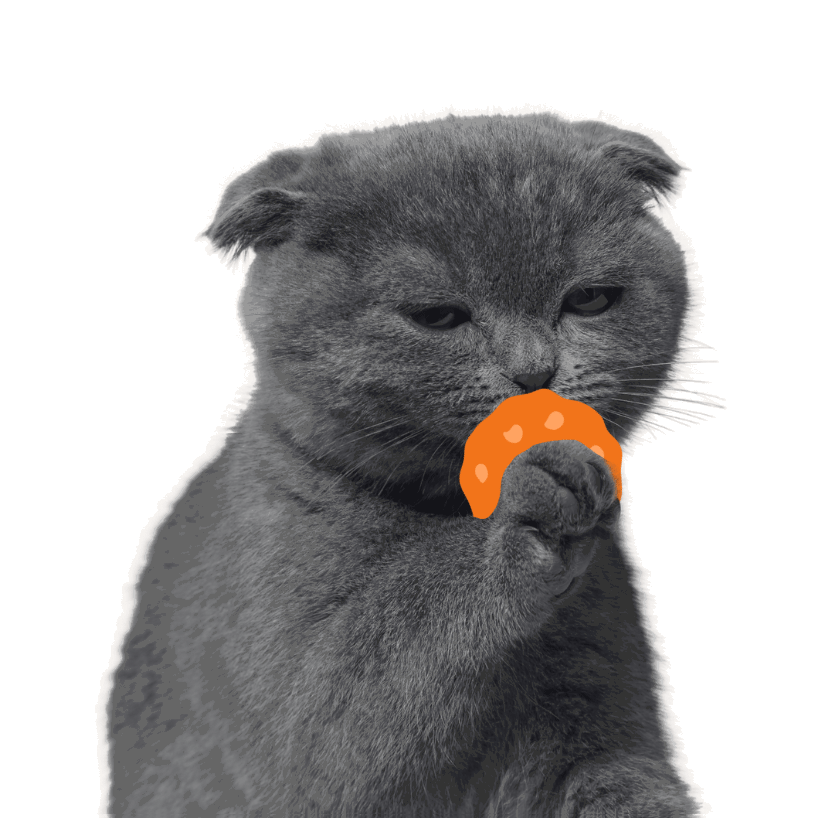
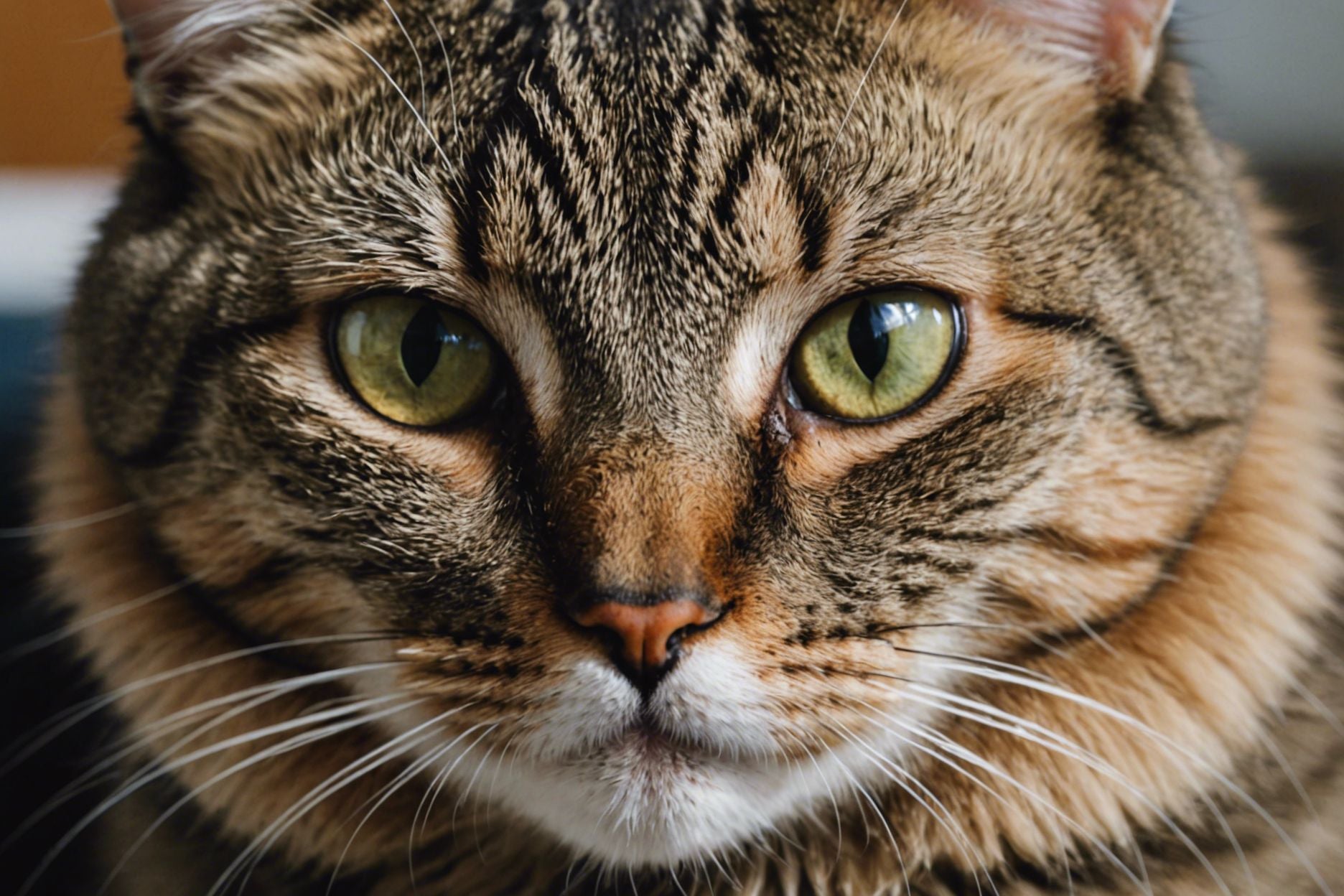
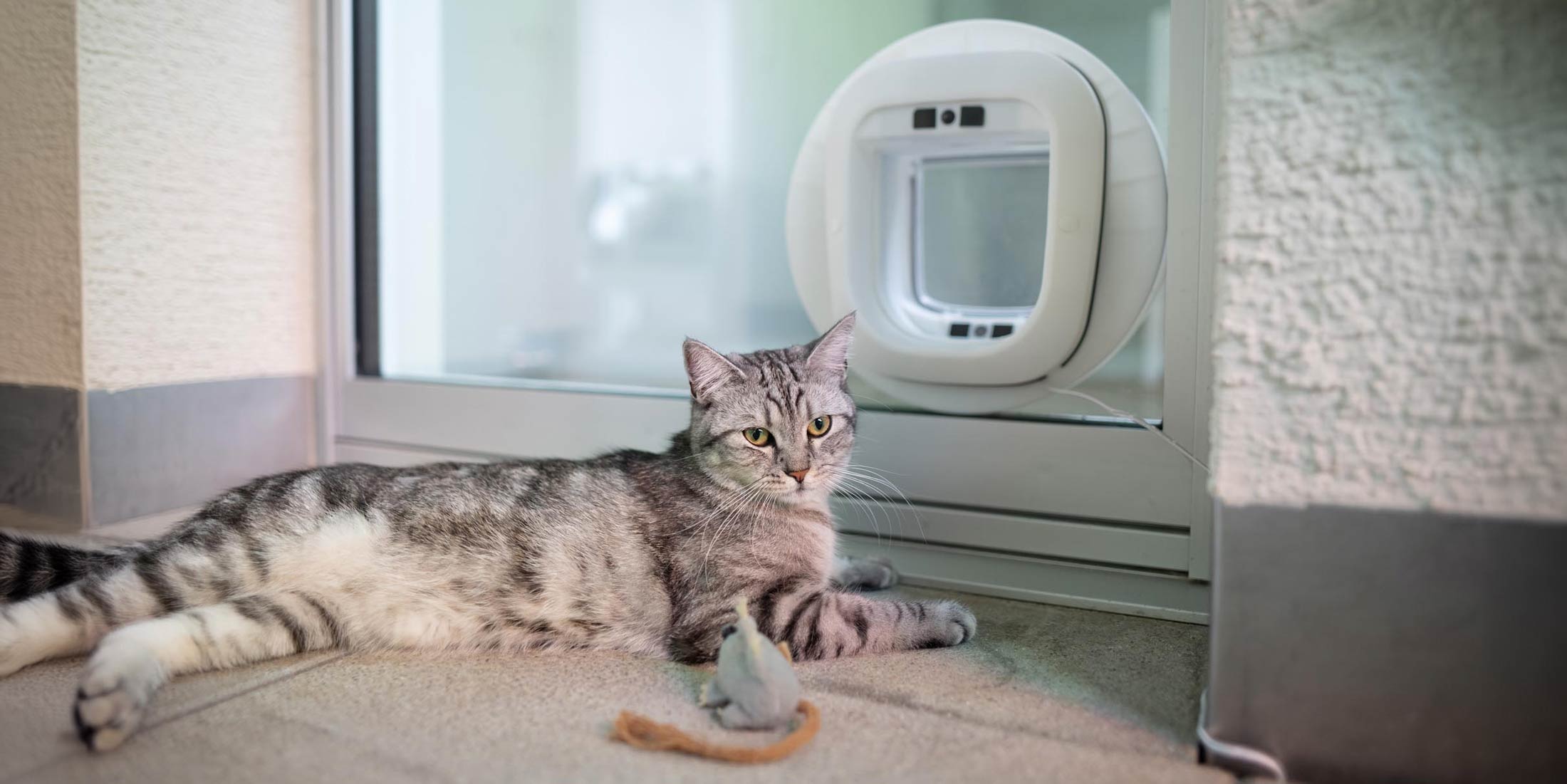
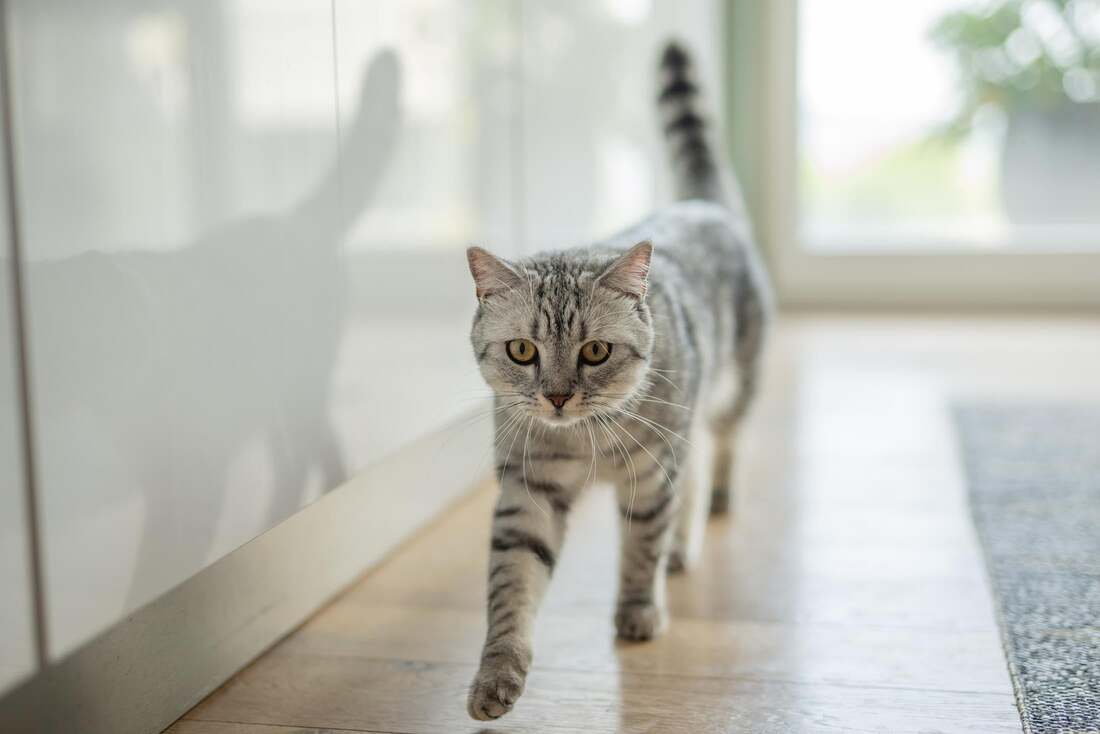
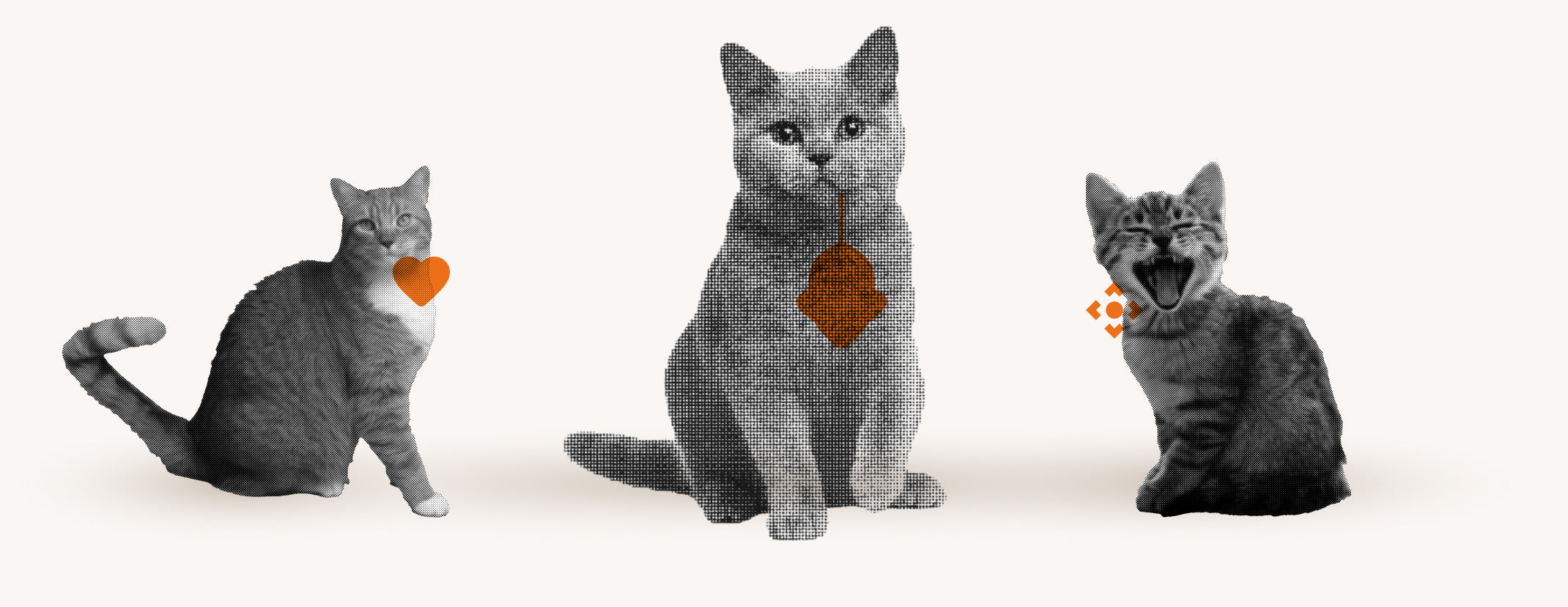
Share:
Why Cats Bite and How to Stop Them
Cat Body Language Pictures: A Guide